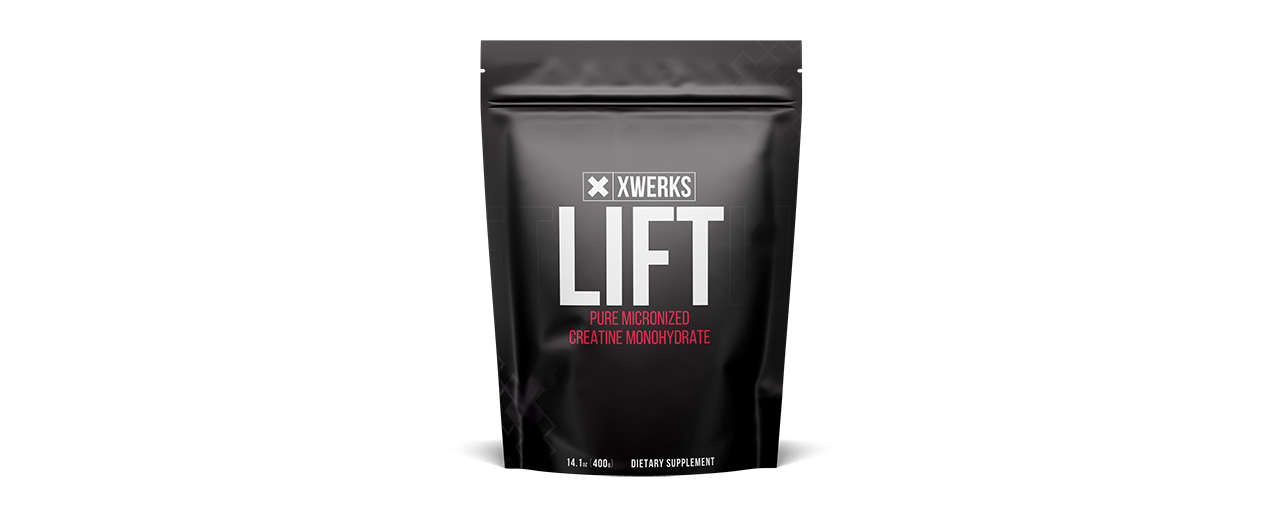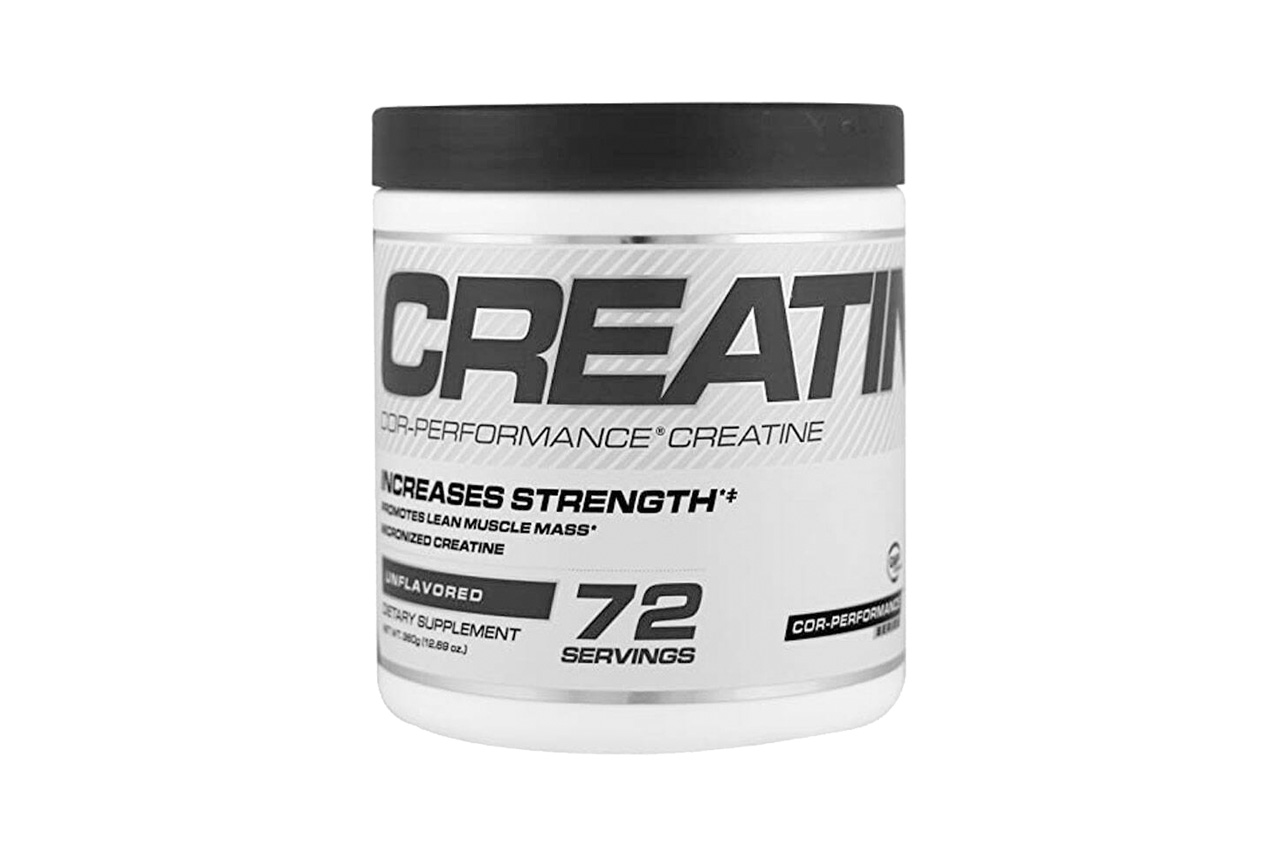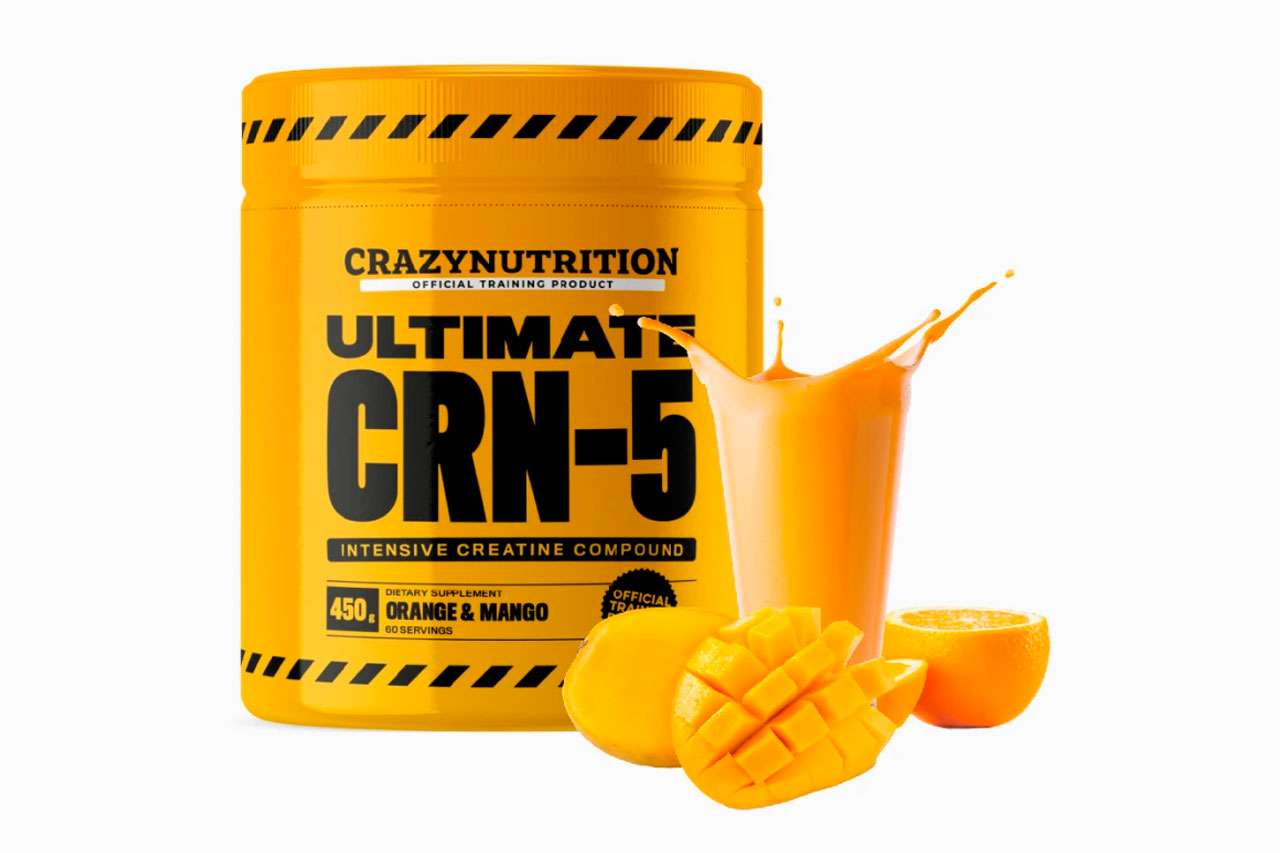If you’ve been working out for some time and you’re not seeing the gains you’d like, you may want to consider adding a creatine supplementation to your routine. Creatine has completely changed the landscape of the bodybuilding and fitness industry. In the past, it was the most talked-about secret in the fitness and sports arena. However, for many people, it is on the top of the list when it comes to supplements.
Creatine is one of the most commonly studied and used dietary or fitness supplements in the industry. We get the term “creatine” from the Greek word for meat, which is kreas. It is a substance that is naturally produced within your body through the combination of three amino acids: methionine, glycine, and arginine. It can also be sourced from foods such as poultry, red meat, or seafood. However, the amount of creatine found in dietary sources is typically low and most of it is lost through the cooking process.
Creatine supplements increase the production of ATP, or adenosine triphosphate, which is a high-energy molecule. ATP mitigates fatigue that often comes with HIIT workouts. If used along with a workout routine, creatine improves athletic performance, increases muscle gains, and increases strength. According to the experts, creatine also has a variety of other benefits associated with it as well.
In this article, we’re going to tell you what you need to know about creatine, including benefits/side effects, dosages, and more. Then, we’ll review what we believe to be the top 3 best creatine supplements on the market today. If you’re interested in getting started with creatine supplementation, we can help.
Basics of Creatine: Here’s What You Should Know
Before we get to the reviews, we need to take some time to look over the basics of creatine, including:
- What it is
- How it works
- Who needs to use it
- Types of creatine
Creatine: What is it?
First things first, let’s explain what creatine is.
Michel Eugene Chevreul discovered creatine in 1832 when he isolated it from skeletal muscle. In the 1920s, more research began on it- but the first time it came into the public eye was in the 1992 Olympics, held in Barcelona, Spain.
As we mentioned, it’s made up of 3 amino acids and is involved in a variety of different bodily functions. It is naturally produced in your body and approximately 95% of it is stored in your muscles. The other 5% is stored in your brain, liver, and kidneys. It is also found in dietary sources such as poultry, seafood, and red meat- but the levels are low and most of that is lost during cooking. Therefore, you would have to eat a lot to increase your creatine levels. This is why using a creatine supplement makes more sense.
Creatine supplements are available in powder, liquid, and capsule. The most common is powder. Some people prefer the convenience of capsules because you don’t have to worry about mixing anything- just grab some water and swallow them. The liquid form is also convenient, but it’s important to note that creatine is unstable in liquid form and should be mixed right before you take it.
According to the experts, creatine increases strength and power, which ultimately improves overall athletic performance.
How Does it Work?
When you’re working out, especially HIIT workouts, creatine quickly replenishes energy lost. Research indicates that it improves strength in your upper and lower body, which makes you much bigger and stronger.
Supplementing with creatine increases phosphocreatine stores in your muscles. During HIIT workouts, it combines with ADP, or adenosine diphosphate, to create ATP, or adenosine triphosphate. Many people refer to ATP as the body’s “energy currency” because it’s the source of short, explosive movements.
One way to maximize creatine’s effectiveness is to pair it with a protein supplement, carbohydrates, or alpha-lipoic acid.
Who Should Use it?
As mentioned, creatine has been studied since the 1920s. Since that time, there has been a lot of analysis into creatine and its use in athletics. According to the experts, it seems to be helpful in activities including soccer, jumping, and rowing. That being said, it may not be as effective in activities such as swimming, cycling, and sprinting.
It is important to note that there seems to be much more to creatine than simply improving athletic performance. Some of the more recent research indicates that it may improve heart and brain conditions. That being said, more research is needed to determine how much creatine can benefit individuals with these conditions.
Creatine supplements may be helpful for individuals who have trouble metabolizing creatine. Research indicates that low levels of creatine in the brain could contribute to autism, difficulty with movements, seizures, and decreased mental function. Creatine has also been shown to treat sarcopenia, which is a condition found in older adults, due to muscle loss through the natural process of aging.
In addition, vegans and vegetarians typically have lower levels of creatine due to their diets. Therefore, creatine supplementation may be helpful for these individuals.
Top 3 Best Creatine Supplements
Below, we’re going to look at what we feel are the top 3 best creatine supplements on the market. If you’re interested in getting started with creatine, these reviews should help you narrow down your choices. Keep in mind that if you try one and don’t like it, you can always find something else that works better. You can be sure that the products listed here have been third party tested for quality, potency, and purity.
XWERKS Lift
 The first one on our list is XWERKS Lift. This creatine is one of the best on the market because it is 100% pure and micronized- plus, it’s unflavored so you can add it to your favorite beverage without affecting the flavor. In addition, it is dairy-free, sugar-free, and gluten-free, which means it’s safe for everyone.
The first one on our list is XWERKS Lift. This creatine is one of the best on the market because it is 100% pure and micronized- plus, it’s unflavored so you can add it to your favorite beverage without affecting the flavor. In addition, it is dairy-free, sugar-free, and gluten-free, which means it’s safe for everyone.
XWERKS Lift offers 5 grams of creatine per serving and there are 80 servings per container. You’ll have to be patient because it will take 2 to 4 weeks to see results. As mentioned, it can be blended with your favorite beverage. For best results, you’ll want to use other products in their lineup.
XWERKS Lift typically costs $49 per container. However, they do offer a subscription program that saves you 5%, bringing the cost to $46.55 per container. This is a great deal because each container will last you more than 2 months when taken as directed.
| Type | Powder |
| Price/Servings | $49 for 80 servings |
| Ingredients | Creatine monohydrate |
| Side Effects | None |
| Dosage | 1 scoop daily |
Cellucor Cor-Performance Creatine Monohydrate
 Cellucor is a highly recognized name in the fitness industry because they have been around for several decades. They have a stellar reputation. Their creatine supplement, Cor-Performance Creatine Monohydrate is unflavored and water-soluble. This formula contains the following ingredients:
Cellucor is a highly recognized name in the fitness industry because they have been around for several decades. They have a stellar reputation. Their creatine supplement, Cor-Performance Creatine Monohydrate is unflavored and water-soluble. This formula contains the following ingredients:
- Creatine monohydrate
- Disodium phosphate
- Betaine anhydrous
Each serving of Cor-Performance offers 5 grams of creatine. A loading phase is not required, but if you wish to do a loading phase, you’ll take 1 scoop 4x daily for the first week. Then, on day 8, transition to the maintenance phase where you take 1 scoop daily before or after your workout.
With many creatine supplements, gas and/or bloating are an issue. However, this doesn’t seem to be an issue with Cor-Performance. This is one of the best options if you are engaging in HIIT workouts.
Each container of Cor-Performance has 72 servings. The regular price is $24.99- which is a phenomenal deal. However, with their subscription program, you’ll pay $17.49 per container.
| Type | Powder |
| Price/Servings | $24.99 for 72 servings |
| Ingredients | Betaine anhydrous, creatine monohydrate, disodium phosphate |
| Side Effects | None |
| Dosage | 1 scoop daily |
CrazyNutrition CRN-5 Creatine
 The final creatine supplement on our list is CRN-5 Creatine by CrazyNutrition. This creatine supplement is recommended for those who engage in intense workouts or heavy lifting. It is a blend of 5 different types of creatine and comes in a mango/orange flavor.
The final creatine supplement on our list is CRN-5 Creatine by CrazyNutrition. This creatine supplement is recommended for those who engage in intense workouts or heavy lifting. It is a blend of 5 different types of creatine and comes in a mango/orange flavor.
According to the website, CRN-5 will give you the energy and strength you need to push past your limits. You’ll have energy you never dreamed possible. You will have less fatigue and everything you need to easily push through your HIIT sessions.
In addition to the 5 types of creatine, CRN-5 also contains electrolytes to ensure that you are hydrated throughout your workouts. The ingredients in CRN-5 are:
- Creatine monohydrate
- Creatine ethyl ester
- Creatine HCl
- Creatine citrate pyruvate
- Tri-creatine malate
- Magnesium
- Potassium
- Sodium
According to the website, you’ll see results within 30 days with CRN-5. Each container of CRN-5 provides 30 servings and costs $34.99. CrazyNutrition also offers a subscription program that brings the cost per container to $27.99.
| Type | Powder |
| Price/Servings | $34.99 for 30 servings |
| Ingredients | Creatine monohydrate, Creatine ethyl ester, Creatine HCl, Creatine citrate pyruvate, Tri-creatine malate, Magnesium, Potassium, Sodium |
| Side Effects | None |
| Dosage | 1 scoop daily |
Types of Creatine
There are several types of creatine used in supplements. We’ll take a closer look at a few of these below:
Creatine Monohydrate
Creatine monohydrate is known as the “gold standard” of creatine. It is the most commonly used and studied type of creatine. As indicated by the name, it is a creatine molecule bound to a water molecule. It is the least expensive and the best creatine you’ll find. Due to those facts, it’s the one most often found in creatine supplements- sometimes it’s alone and sometimes it’s blended with other forms of creatine.
Creatine Ethyl Ester
Creatine ethyl ester, typically referred to as CEE, is a more advanced form of creatine. It does not require a loading phase and dosage is lower than creatine monohydrate. Experts believe this type of creatine is best for sports such as climbing, ice hockey, and handball.
Creatine Hydrochloride
Creatine hydrochloride, also referred to as creatine HCl, is a newer form of creatine. It came onto the scene in 2009. It is made by combining a creatine molecule with a hydrochloride molecule. It is water soluble, so you can take a smaller dose and get the same effects. Plus, it breaks down faster, so it’s easier to absorb.
Creatine Magnesium Chelate
Creatine magnesium chelate is formed by attaching a magnesium molecule to a creatine molecule. This type of creatine is fairly new compared to the rest, so we don’t know a lot about it. However, it does show some promise.
Buffered Creatine
The final form of creatine we’ll look at is buffered creatine. It has a higher pH than the other forms. This means that it has a higher bioavailability and is more stable in your stomach. Plus, it absorbs easier into your muscles. The two most common brands of buffered creatine are Crea-Trona and Kre-Alkalyn.
Conclusion
Creatine has been researched since the 1920s and to this day is one of the most commonly used, most effective, and most affordable fitness supplements you will find on the market. The best part is it’s natural and there’s more to it than supporting athletic performance.
There are other health benefits, including controlling glucose levels and treating heart and brain conditions. Nearly everyone could benefit from creatine supplementation. Research has shown that in addition to improving athletic performance and building muscle, creatine improves overall health and wellness. If you are interested in trying it, consider one of the products on our list first. You know these can be trusted. You will probably need to do some experimentation to find the one that works best for you. However, it’s important that you give them time to work- some take up to a month or more for results to be obvious.







Recent Comments